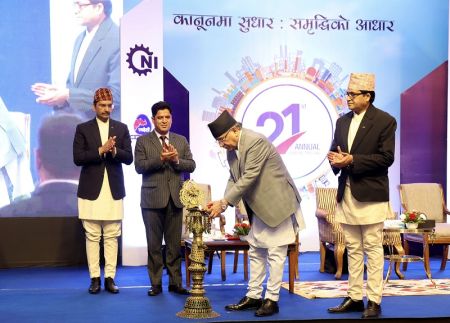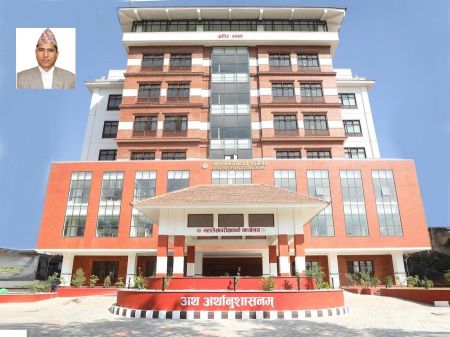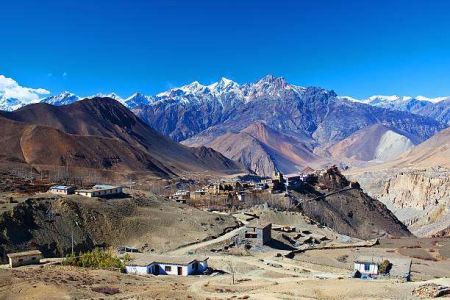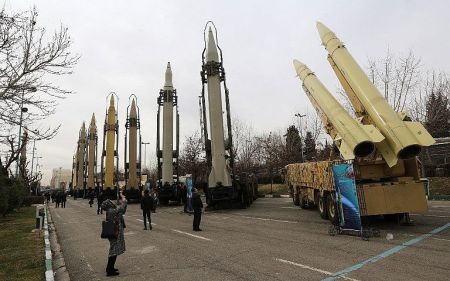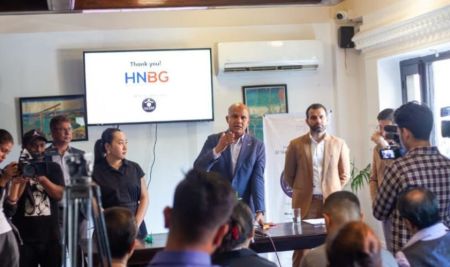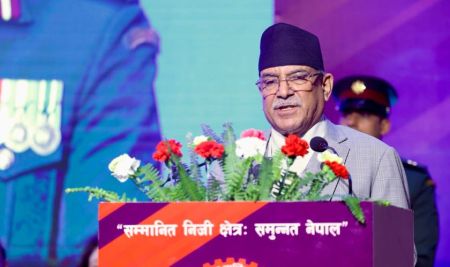Refusing to the demand of the automobile importers to reduce import duties on vehicles, Finance Minister Dr. Ram Sharan Mahat has promised them government support if they start vehicle manufacturing in the country. Given the increasing demand due to expansion in the road network and resultant steady increase in import of all sorts of vehicles, Dr.Mahat’s proposition seems plausible on cursory glance. But looking at the technicalities of the industry, automobile manufacturing in Nepal still seems a dream that needs a lot of efforts to realize.
One prominent consideration will be that of scale. It may be possible to start assembling certain types of commercial vehicles, such as light goods carriers and farm implements. But the market for such Nepal-made vehicles will be limited within the country and such business will have stiff competition from imports due to quality considerations – real as well as perceptional. To overcome this barrier, a huge investment has to be made in procuring the technology. Whether that will make commercial sense is a big question.
Dr.Mahat’s call has come at a time when Nepal’s manufacturing sector is in continuous decline and trade deficit is in continuous rise. Any manufacturing activity that may start now will be welcome in such situation. But it has to be realized that the decline in manufacturing is due to many reasons and among them two are distinct. While everyone accepts the problem of power shortage, the other problem related to it, hostile labour, is not accepted by many.
It is not that efforts are not being made to manufacture vehicles in Nepal. Hulas Motors of Golchha Organisation has been assembling some types of vehicles and its product line up has reached nine including Rickshaw and Jeep. Dr.BaburamBhattarai adopted its Mustang Max jeep as of the Prime Minister’s official vehicle when he was in that office. But it is complaining of not only lack of government support but even hurdles posed by government to domestic manufacturers. Two plantsthat assembled Chinese bikes Lifan and Ying Yang were closed down soon after they were set up. These experiences need close studies to find out what exactly is needed before we start efforts to realise the dream of flourishing Nepali automobile industry.
One reason the government does not support any manufacturing within the country is the revenue it gets from imports. And the growing and big flow of remittance is helping the government in this. The result is growing economy without employment growth. This vicious cycle can be broken only with solution to the power shortage problem. Some recent developments – the latest being the power trade agreement with India and finalization of project development agreement template for power projects to the satisfaction of investors – are good indications for the future. But that is not going to be enough for development of automobile industry.
Nepal already has a good automobile industry in the form of maintenance operations. These can easily upgrade to vehicle reconditioning operations if the policy and infrastructural hurdles are removed. Meanwhile, investment in backward integration can start and that requires expansion of the engineering colleges and setting up vehicle technology development centres.
These centres should ideally be focused on developing electricity operated vehicles given the country’s hydropower potentials.
However, in the meantime, it would be wiser to reduce the import duty on vehicles, which are now not luxuries, but necessities as they are efficiency enhancing machines. A vehicle that is available across the border at Rs. 200,000 must not cost over one million rupees in Nepal.






